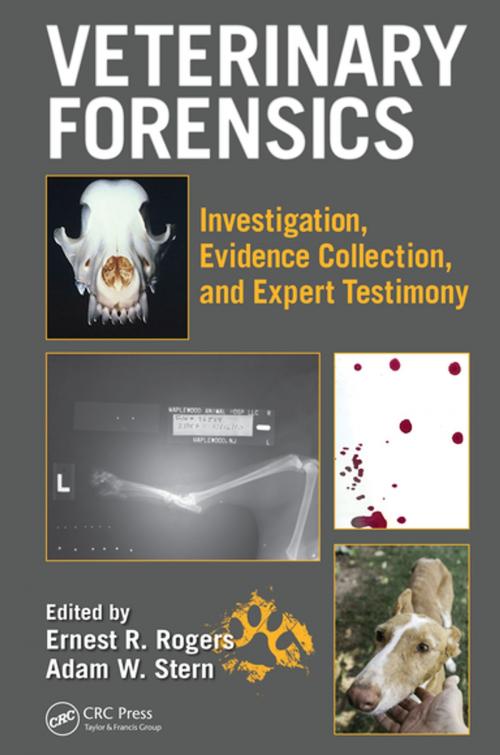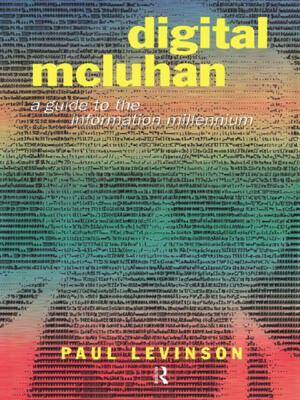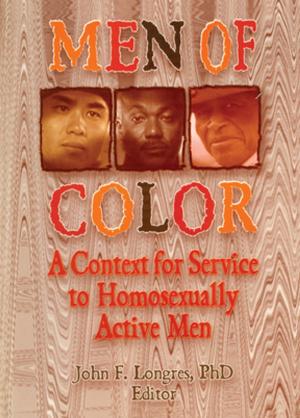Veterinary Forensics
Investigation, Evidence Collection, and Expert Testimony
Nonfiction, Health & Well Being, Medical, Veterinary Medicine, Food Animal, Reference & Language, Law, Forensic Science| Author: | ISBN: | 9781351649469 | |
| Publisher: | Taylor and Francis | Publication: | December 22, 2017 |
| Imprint: | CRC Press | Language: | English |
| Author: | |
| ISBN: | 9781351649469 |
| Publisher: | Taylor and Francis |
| Publication: | December 22, 2017 |
| Imprint: | CRC Press |
| Language: | English |
Veterinary Forensics: Investigation, Evidence Collection, and Expert Testimony will provide anyone involved in an investigation of an animal involved crime or civil action with the knowledge and tools that can give guidance for their actions in completing a forensic investigation.
All 50 U.S. states, and numerous countries around the world, have laws against animal abuse and cruelty. Law enforcement agents, veterinarians, the judiciary, attorneys and forensic scientists may be involved in cases of animal cruelty, neglect or human crimes that may have an animal element. Additionally, the animal can be the victim, suspect or in some instances the witness of a crime. Given that acquittal or conviction is dependent upon the nature and veracity of the evidence, the quality of the evidence in an animal-related crime investigation must be beyond reproach.
The book begins with a discussion of animal abuse and crimes against animals, crime scene investigation, and, from there, discusses various types of forensic examinations of the animal, culminating in a review of the judicial system and testimony in a court of law. All contributing authors are practicing professionals in law, veterinary medicine, and the private sector who provide current, best-practice evidence collection and forensic techniques. Chapters provide in-depth detail about the forensic clinical examination and forensic necropsy of small and large animal species, forensic radiology, forensic toxicology, bitemark analysis and animal behavior. Various, relevant forensic disciplines such as bloodstain pattern analysis, DNA analysis, animal sexual abuse, agroterrorism, animal hoarding, ritual crimes against animals, and animal fighting are discussed.
Key Features:
-
Presents established and accepted police techniques in animal crime scene investigation including identification, documentation and packaging of physical evidence and scene photography and videography
Includes essential techniques to collect and preserve biological and DNA evidence for animal DNA testing
Review of the forensic clinical examination and forensic necropsy of small and large animals
Provides methods of evidence presentation in the courtroom, the nature of court room testimony, and the development of an expert report
Veterinary Forensics: Investigation, Evidence Collection, and Expert Testimony fills the void of applied, real-world investigative techniques for the collection and presentation of veterinary forensic medical and scientific information. It will be a welcome reference to both the student and professional in the understanding all relevant evidentiary, investigative, and legal elements of the discipline.
Veterinary Forensics: Investigation, Evidence Collection, and Expert Testimony will provide anyone involved in an investigation of an animal involved crime or civil action with the knowledge and tools that can give guidance for their actions in completing a forensic investigation.
All 50 U.S. states, and numerous countries around the world, have laws against animal abuse and cruelty. Law enforcement agents, veterinarians, the judiciary, attorneys and forensic scientists may be involved in cases of animal cruelty, neglect or human crimes that may have an animal element. Additionally, the animal can be the victim, suspect or in some instances the witness of a crime. Given that acquittal or conviction is dependent upon the nature and veracity of the evidence, the quality of the evidence in an animal-related crime investigation must be beyond reproach.
The book begins with a discussion of animal abuse and crimes against animals, crime scene investigation, and, from there, discusses various types of forensic examinations of the animal, culminating in a review of the judicial system and testimony in a court of law. All contributing authors are practicing professionals in law, veterinary medicine, and the private sector who provide current, best-practice evidence collection and forensic techniques. Chapters provide in-depth detail about the forensic clinical examination and forensic necropsy of small and large animal species, forensic radiology, forensic toxicology, bitemark analysis and animal behavior. Various, relevant forensic disciplines such as bloodstain pattern analysis, DNA analysis, animal sexual abuse, agroterrorism, animal hoarding, ritual crimes against animals, and animal fighting are discussed.
Key Features:
-
Presents established and accepted police techniques in animal crime scene investigation including identification, documentation and packaging of physical evidence and scene photography and videography
Includes essential techniques to collect and preserve biological and DNA evidence for animal DNA testing
Review of the forensic clinical examination and forensic necropsy of small and large animals
Provides methods of evidence presentation in the courtroom, the nature of court room testimony, and the development of an expert report
Veterinary Forensics: Investigation, Evidence Collection, and Expert Testimony fills the void of applied, real-world investigative techniques for the collection and presentation of veterinary forensic medical and scientific information. It will be a welcome reference to both the student and professional in the understanding all relevant evidentiary, investigative, and legal elements of the discipline.















